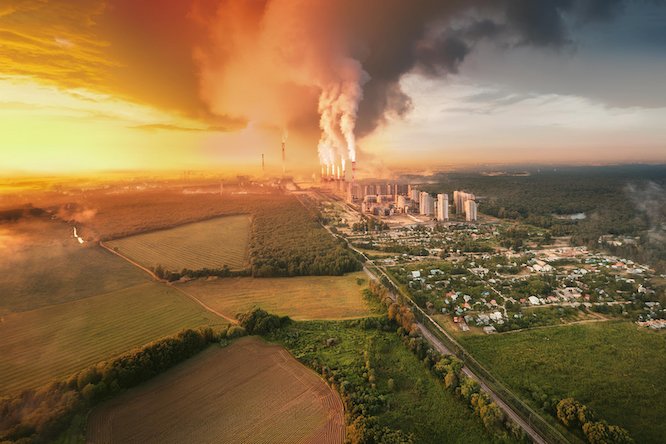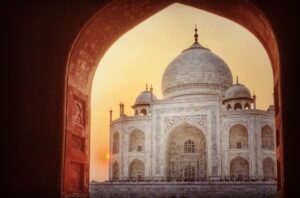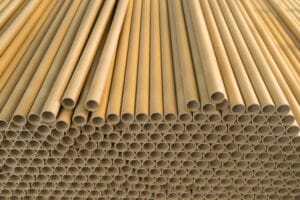The Urban Heat Island (UHI) effect is a growing concern as cities continue to expand. This phenomenon occurs when urban areas become significantly warmer than their rural counterparts due to human activities and the materials used in construction.
Understanding the UHI Effect
The UHI effect is primarily caused by the extensive use of materials that absorb and retain heat, such as asphalt and concrete. These materials are prevalent in urban environments, where they cover large areas like roads, roofs, and pavements. Dark surfaces absorb more solar energy and release it slowly, raising temperatures significantly.
The lack of vegetation in cities exacerbates the UHI effect. Green spaces, such as parks and gardens, naturally cool the environment through processes like evaporation and shading. Without sufficient greenery, cities retain more heat, leading to higher temperatures.
Impact on Cities
The UHI effect has several adverse effects on urban areas. Higher temperatures lead to increased energy consumption as residents and businesses rely more on air conditioning to stay cool. This rise in energy use can strain power grids and increase greenhouse gas emissions.
Additionally, elevated temperatures can worsen air quality. Hotter air can hold more pollutants, leading to higher levels of smog and other harmful emissions. This, in turn, affects public health, contributing to respiratory issues and other heat-related illnesses.
To combat the Urban Heat Island (UHI) effect, several effective strategies can be implemented. Cool roofs use reflective materials that minimise heat absorption, reducing building temperatures and significantly lowering energy consumption for cooling.
Green roofs, covered with vegetation, provide natural cooling by absorbing sunlight while also managing stormwater runoff and improving air quality. Expanding urban green spaces by increasing parks, tree canopies, and green corridors offers cooling benefits while enhancing biodiversity and recreational opportunities in urban environments. Together, these strategies create a more sustainable and liveable urban landscape.
A Couple of Examples
Los Angeles Cool Roof Program
This initiative promotes the use of reflective roofing materials in both residential and commercial buildings to reduce urban temperatures. Learn more about the Los Angeles Cool Roofing code here.
Singapore’s Green Roofs
Singapore has implemented green roofs and vertical gardens across the city to lower temperatures and improve air quality. The city’s efforts have led to noticeable reductions in heat and enhancements in urban liveability.
We, at N’arc, focus on incorporating strategies to combat the UHI effect in our projects. We design buildings with cool roofs, green spaces, and other sustainable features to create cooler, more comfortable urban environments. Our expertise ensures that your projects not only meet aesthetic and functional requirements but also contribute to a healthier city climate.




